Introduction

In the world of telecommunications, the choice of cable can make or break your network’s performance. Enter ADSS fiber optic cables—an innovative solution designed to meet the demands of modern connectivity. With their unique properties and advantages, understanding ADSS fiber is essential for anyone looking to enhance their network infrastructure.
Understanding ADSS Fiber Optic Cables
So, what does ADSS mean in fiber? ADSS stands for All-Dielectric Self-Supporting, which indicates that these cables are designed to be lightweight yet durable, making them ideal for overhead installations without the need for additional support structures. The all-dielectric nature means they are immune to electrical interference, ensuring a stable signal even in high-voltage environments. This combination of features makes ADSS fiber optic cables a popular choice among utility companies and telecommunications providers alike.
Benefits of Using ADSS Fiber
One of the standout benefits of using ADSS fiber is its ability to be installed on existing utility poles without compromising safety or performance. This not only reduces installation costs but also minimizes disruption during deployment—a win-win situation! Additionally, the robust design of ADSS fiber ensures longevity and reliability, which translates into lower maintenance costs over time.
Why Choose ADSS Over Other Options
When considering your options for fiber optic solutions, you might wonder: what is the difference between OPGW and ADSS fiber? While both serve distinct purposes in telecommunications infrastructure, choosing ADSS can provide greater flexibility and ease of installation in many scenarios. Furthermore, with advantages like resistance to environmental factors and reduced risk of electrical interference compared to traditional methods, it’s clear why many are leaning towards adopting an **ADSS Fiber Optic Cable** solution.
Defining ADSS Fiber

When diving into the world of fiber optics, one term that often pops up is ADSS fiber. But what does ADSS mean in fiber? It stands for All-Dielectric Self-Supporting, which signifies a cable designed to be suspended between utility poles without the need for metallic support. This unique design allows ADSS fiber to be both lightweight and resistant to environmental factors, making it a top choice for various applications.
What Does ADSS Mean in Fiber?
ADSS fiber is specifically engineered to withstand harsh outdoor conditions while being completely dielectric. This means it doesn't conduct electricity, allowing it to be installed in close proximity to power lines without risk of electrical interference or hazards. Consequently, understanding what ADSS means in fiber is critical for anyone considering this technology for their network infrastructure.
Key Characteristics of ADSS Fiber
One of the standout features of ADSS fiber is its ability to handle extreme temperatures and weather conditions without compromising performance. The cable’s construction typically includes a robust outer sheath that protects against moisture, UV radiation, and physical damage. Additionally, the lightweight design reduces strain on poles and makes installation easier compared to heavier alternatives like OPGW.
Another important characteristic is its flexibility regarding installation height; since it can be strung over longer spans without needing additional support structures, this feature significantly lowers installation costs and timeframes. Moreover, the all-dielectric nature ensures that there’s no risk of electrical interference from nearby power sources—an essential factor when considering ADSS cable specifications.
Common Applications of ADSS Fiber Optic Cable
ADSS fiber optic cables are commonly deployed in telecommunications networks where high-capacity data transmission is crucial. They are particularly favored by utility companies looking to enhance their communication systems alongside existing power lines without adding extra hardware or risking safety concerns associated with metallic cables like OPGW.
In addition to telecom applications, these cables find their way into smart grid technologies and renewable energy projects where reliable data transfer is essential for monitoring and control systems. Whether it's connecting substations or providing broadband services in rural areas, the versatility of ADSS fiber makes it an invaluable asset across various sectors.
Comparing ADSS and OPGW
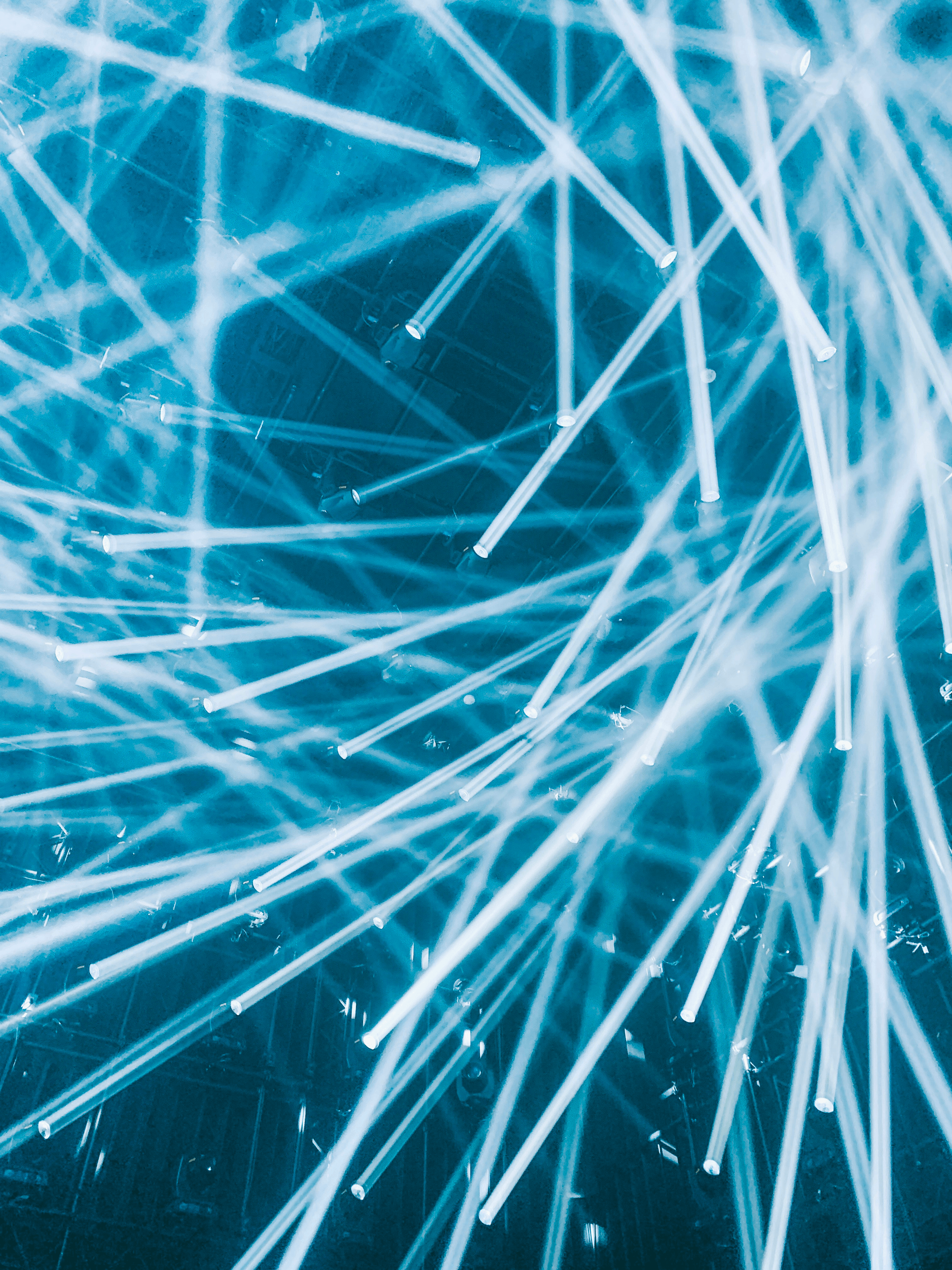
When it comes to fiber optic technology, understanding the distinctions between ADSS and OPGW is crucial for making informed decisions about network infrastructure. Both options serve different purposes and have unique attributes that can significantly impact performance and installation choices. In this section, we will delve into the differences, advantages, and disadvantages of ADSS fiber compared to OPGW.
What is the Difference Between OPGW and ADSS Fiber?
To grasp what does ADSS mean in fiber, it's essential to recognize that ADSS (All-Dielectric Self-Supporting) fiber optic cables are designed primarily for aerial applications where they can be suspended between utility poles without requiring additional support structures. On the other hand, OPGW (Optical Ground Wire) serves a dual purpose: it functions as a ground wire while also providing optical communication capabilities along high-voltage transmission lines. This fundamental difference in design leads to variations in installation requirements, application scenarios, and overall functionality of each type of cable.
In essence, while both cables utilize fiber optics for data transmission, their construction reflects their intended use—ADSS is lightweight and self-supporting without metallic components, whereas OPGW incorporates metal elements for grounding purposes. This key distinction influences factors such as durability against environmental conditions and ease of installation across different terrains.
Advantages and Disadvantages of Each
When evaluating the advantages of ADSS fiber vs OPGW, one must consider their specific strengths. ADSS fiber boasts excellent resistance to harsh weather conditions due to its all-dielectric design—making it ideal for rural or remote installations where traditional grounding might be challenging. Moreover, its lightweight nature simplifies installation processes since there’s no need for additional support structures or grounding equipment.
Conversely, OPGW offers robust protection against electromagnetic interference (EMI) due to its metallic components while serving as an effective ground wire for electrical systems. However, this added weight can complicate installations on existing towers or poles with limited load-bearing capacity. Thus, while both options have their merits depending on context—ADSS excels in ease of deployment whereas OPGW shines in protective capabilities—the choice often boils down to specific project needs.
Choosing Between ADSS Fiber vs OPGW
Choosing between ADSS fiber optic cable and OPGW requires careful consideration of your project requirements alongside environmental factors. If your priority is deploying a cost-effective solution that minimizes installation challenges in areas lacking existing infrastructure or where aesthetics matter—ADSS may be your best bet thanks to its self-supporting design and lighter weight characteristics.
On the flip side, if you’re working on high-voltage lines where grounding is paramount or if you need enhanced protection from EMI interference during data transmission—OPGW might lead you toward a more reliable long-term solution despite its heavier setup requirements. Ultimately assessing factors such as installation environment, budget constraints, safety regulations—and even future scalability plans—will guide you toward making an informed decision between these two formidable options.
ADSS Cable Specifications
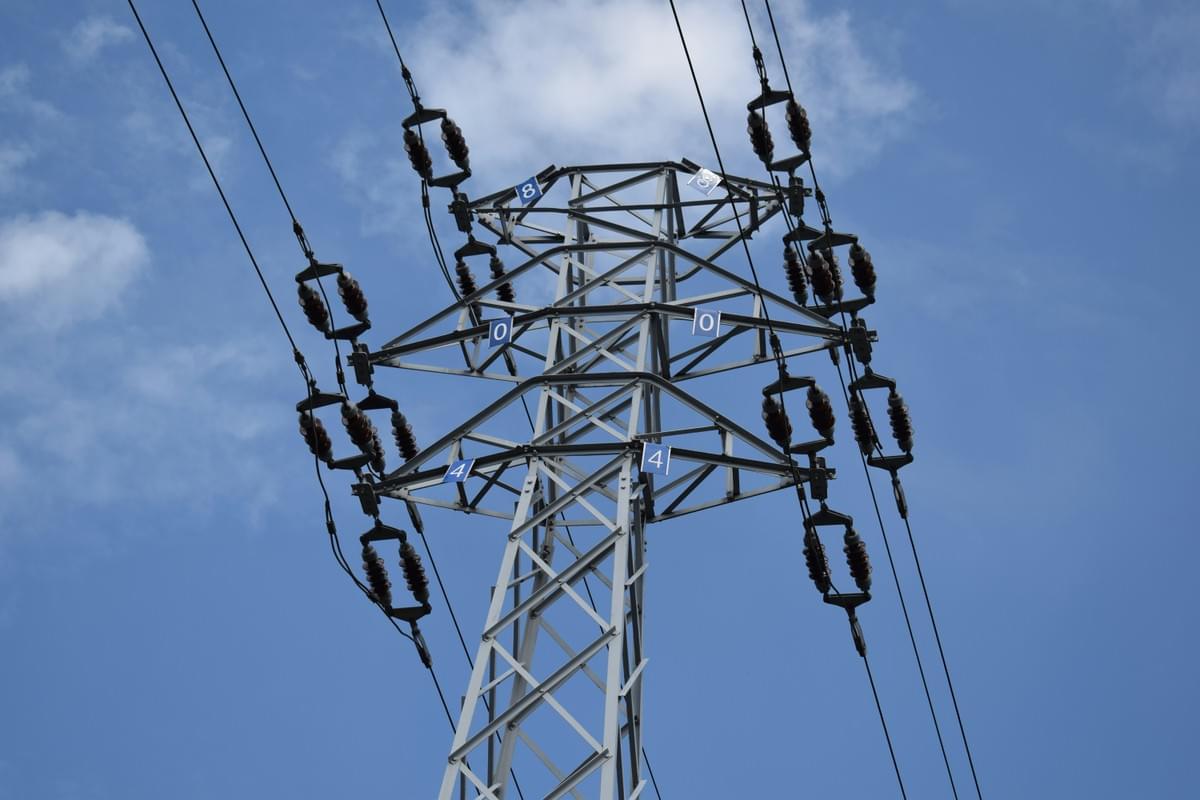
When it comes to understanding ADSS fiber, a deep dive into its specifications is essential. These specifications not only outline the physical characteristics of the cable but also highlight its performance capabilities in various applications. Knowing the essential specs can help you make informed decisions about deploying ADSS fiber optic cables in your network.
Essential Specifications of ADSS Fiber
ADSS fiber optic cables are engineered with specific attributes that make them suitable for overhead installations without requiring additional support structures. Typically, these cables are lightweight yet robust, designed to withstand harsh environmental conditions such as wind, ice, and temperature fluctuations. Key specifications include a dielectric strength that ensures electrical insulation and a tensile strength that supports long spans between poles—essentially answering the question: What does ADSS mean in fiber?
In terms of diameter and weight, ADSS cables vary based on their design and intended application; however, they generally come with multiple optical fibers inside for increased capacity. The typical range for fiber count can span from 12 to over 144 fibers, allowing flexibility in scaling your network as needs grow. Additionally, the outer jacket material is often UV-resistant and water-proofed to enhance durability against nature’s elements.
Understanding ADSS Cable Design
The design of an ADSS fiber optic cable is both innovative and practical, tailored specifically for aerial installation without metallic components. This feature allows it to be installed alongside power lines without risking interference with electrical systems—a significant advantage when considering what is the difference between OPGW and ADSS fiber? While OPGW (Optical Ground Wire) serves dual purposes by providing grounding protection along with optical transmission, ADSS focuses solely on data transmission.
ADSS cables typically consist of multiple layers: a central core housing optical fibers surrounded by strength members made from materials like aramid yarn or fiberglass rods. This multi-layered construction not only provides mechanical support but also protects against environmental factors like moisture ingress and thermal expansion. Understanding this design helps clarify why many network engineers prefer using ADSS fiber optic cable for their overhead installations.
Performance Metrics for ADSS Fiber Optic Cable
Performance metrics play a crucial role in evaluating the effectiveness of any communication medium, including ADSS fiber optic cables. Key metrics include attenuation levels (signal loss per distance), bandwidth capacity (data transmission speed), and operational temperature range—all vital indicators of how well an adss fiber installation will perform over time. For instance, lower attenuation means longer distances can be covered without signal degradation.
Another important metric is the cable's overall reliability under varying weather conditions; after all, if you're installing high above ground level, you want assurance that your connection will remain stable during storms or extreme heatwaves! Furthermore, manufacturers often provide detailed specifications regarding installation parameters like bending radius and maximum tension load—critical factors when planning your deployment strategy.
In summary, understanding these specifications allows you to weigh options effectively when considering adss fiber vs OPGW or other alternatives for your networking needs.
Installation and Maintenance of ADSS Fiber
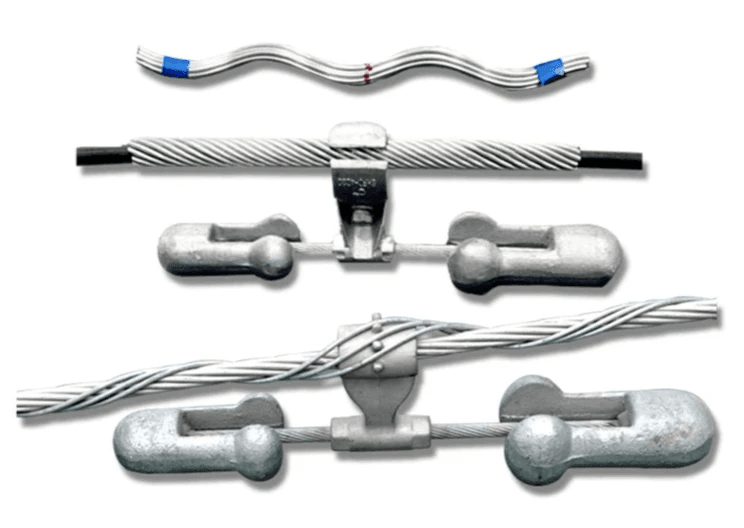
When it comes to ensuring a reliable and efficient network, proper installation and maintenance of ADSS fiber are paramount. This section will explore best practices for installing ADSS fiber, provide maintenance tips to extend its lifespan, and address common issues that may arise during its use. By following these guidelines, you can maximize the performance of your ADSS fiber optic cable.
Best Practices for Installing ADSS Fiber
Installing ADSS fiber requires careful planning and execution to ensure optimal performance. First, it's crucial to understand what does ADSS mean in fiber: All-Dielectric Self-Supporting (ADSS) cables are designed for aerial installations without the need for additional support structures. Before installation begins, assess environmental factors like wind load and ice accumulation; these will influence the choice of cable specifications as well as installation techniques.
Next, ensure that you have the appropriate tools and equipment on hand. This includes tensioning devices specifically designed for ADSS cables, which help maintain proper sag during installation. Additionally, always adhere to manufacturer guidelines regarding minimum bending radius and pull tension limits; this will prevent damage to the fibers inside your ADSS fiber optic cable.
Finally, consider involving trained professionals who specialize in installing ADSS fibers when possible. Their expertise will not only streamline the process but also reduce errors that could lead to costly repairs down the line. Remember that a well-installed system is half the battle won in achieving high-performance connectivity.
Maintenance Tips for Longevity
Once your ADSS fiber is installed, maintaining it becomes essential for longevity and optimal performance. Regular inspections should be part of your maintenance routine; look out for signs of wear or damage such as frayed cables or loose fittings that could compromise signal integrity. Keeping an eye on environmental conditions can also help—excessive wind or ice buildup may necessitate additional checks.
Cleaning is another vital aspect of maintenance; dust and debris can accumulate on connectors over time, leading to signal loss or degradation in performance metrics associated with your ADSS cable specifications. Use appropriate cleaning kits specifically designed for optical fibers to avoid causing any harm during this process.
Moreover, ensure that any vegetation near the installed cables is properly managed; overgrown branches can exert undue stress on your lines or even cause physical damage if they come into contact with them during storms or high winds. A proactive approach here will save you from potential headaches down the road.
Common Issues and Troubleshooting
Even with proper installation and maintenance practices in place, issues may still arise with your ADSS fiber optic cable from time to time. One common concern is signal loss due to bends or kinks in the cable—this often leads people to wonder what is the difference between OPGW and ADSS fiber? While both serve specific purposes in telecommunications infrastructure, improper handling can lead both types of cables into trouble if not carefully managed.
If you encounter intermittent connectivity issues, start by checking all connections along your network path; loose connectors are often culprits behind erratic signals! Also inspect splice points thoroughly since poor splicing techniques might result in higher attenuation levels than expected from standard performance metrics outlined within your chosen specifications.
Lastly, when troubleshooting any problems related specifically to environmental factors—like sagging caused by heavy snow accumulation—consider consulting manufacturer guidelines on how best to rectify such situations without compromising structural integrity or safety standards associated with running an effective telecommunications network using either an adss fiber vs OPGW setup!
Integrating Spark Fittings with ADSS Fiber
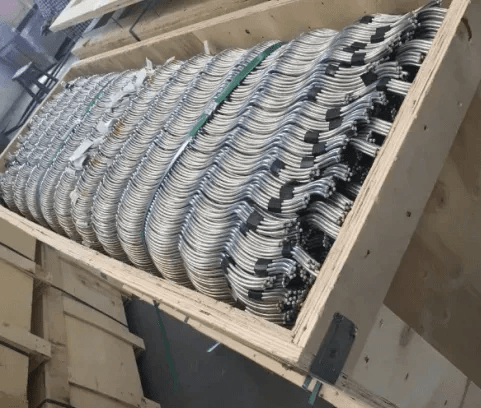
Integrating spark fittings with ADSS fiber is a crucial aspect of ensuring a reliable and efficient installation. These fittings play a significant role in maintaining the integrity of the ADSS fiber optic cable, especially in outdoor environments where exposure to elements can be detrimental. Understanding how these components work together can lead to smoother installations and improved network performance.
Role of Spark Fittings in ADSS Installations
Spark fittings are designed to provide secure connections between ADSS fiber optic cables and their supporting structures, such as utility poles or towers. They help manage the tension and strain that can occur due to environmental factors like wind, ice, or temperature changes. By effectively distributing these forces, spark fittings ensure that the integrity of the ADSS fiber remains intact, preventing damage and signal loss.
In addition to mechanical support, spark fittings also facilitate electrical grounding for the ADSS fiber optic cable system. This is particularly important because it protects both the cable and connected equipment from electrical surges or lightning strikes—a common concern when dealing with overhead installations. Thus, understanding what does ADSS mean in fiber becomes even more vital when considering how these components interact within an overall network infrastructure.
Benefits of Using Spark Fittings
The benefits of using spark fittings in conjunction with ADSS fiber are manifold. First and foremost is their ability to enhance safety; by providing proper grounding, they minimize risks associated with electrical interference or lightning strikes—keeping both technicians and equipment safe during operations. Additionally, these fittings contribute significantly to network stability by ensuring that any tension on the cables is evenly distributed across all points of attachment.
Moreover, spark fittings are designed for durability; they can withstand harsh weather conditions while maintaining their structural integrity over time. This resilience means less frequent maintenance checks are needed compared to other connection methods—ultimately saving time and resources for network operators. When comparing ADSS fiber vs OPGW options, it's clear that incorporating high-quality components like spark fittings adds value regardless of your chosen installation type.
Ensuring Safety and Efficiency with Spark Fittings
To ensure safety and efficiency when integrating spark fittings with your ADSS fiber optic cable setup, it’s essential to follow best practices during installation and regular maintenance checks afterward. Properly securing each fitting according to manufacturer specifications not only enhances performance but also reduces potential hazards associated with loose connections or improper grounding techniques.
Regular inspections should be conducted to check for signs of wear or corrosion on both the spark fittings and surrounding hardware—addressing any issues promptly can prevent larger problems down the line that may affect your entire network's reliability. Furthermore, training personnel on correct installation techniques will foster a culture of safety while maximizing operational efficiency within your team.
In summary, integrating spark fittings into your ADSS installations is not just about connecting cables; it's about crafting a robust infrastructure that prioritizes longevity, reliability, and safety—all key aspects when considering what makes up quality **ADSS cable specifications** today.
Conclusion
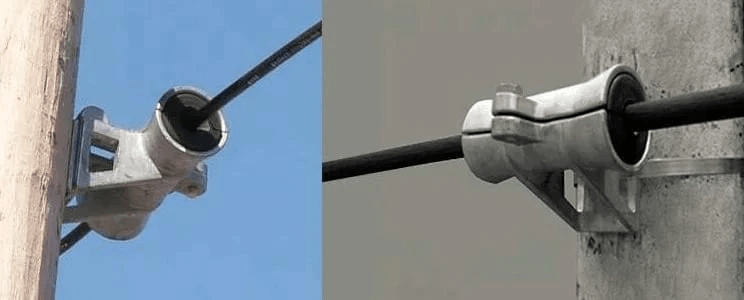
As we wrap up our exploration of ADSS fiber, it’s clear that this technology brings a wealth of benefits to the table. With its ability to withstand harsh environmental conditions and its straightforward installation process, ADSS Fiber Optic Cable stands out as a robust choice for modern communication networks. Whether you’re looking at long-distance data transmission or enhancing your existing infrastructure, ADSS fiber proves to be a reliable option.
Recap of ADSS Fiber Benefits
We’ve discussed what does ADSS mean in fiber and how it translates into real-world advantages: durability, flexibility, and minimal maintenance requirements. This type of cable eliminates the need for additional support structures, making it an economical choice for overhead installations. Furthermore, with its immunity to electromagnetic interference, users can enjoy uninterrupted service and high-speed connectivity—key factors in today’s data-driven world.
Future of ADSS Fiber Optic Technology
Looking ahead, the future of ADSS fiber optic technology appears bright as demand for high-speed internet continues to surge globally. Innovations are on the horizon that promise even better performance metrics for ADSS cable specifications, including increased bandwidth capacity and enhanced resilience against extreme weather conditions. As cities grow smarter and more connected, the role of ADSS fiber will undoubtedly expand—solidifying its place in next-generation telecommunications.
Making the Right Choice for Your Network
When deciding between options like ADSS fiber vs OPGW (Optical Ground Wire), it's essential to weigh your specific needs against the unique advantages each offers. While both are excellent choices for transmitting data over long distances, understanding what is the difference between OPGW and ADSS fiber will help you make an informed decision tailored to your project requirements. Ultimately, choosing the right solution depends on factors such as installation environment, budget constraints, and future scalability—so consider all angles before committing!

